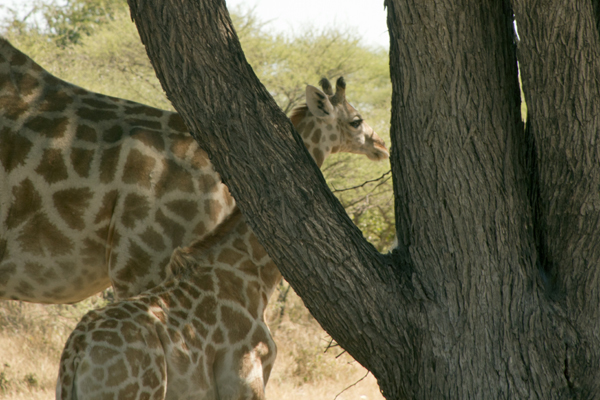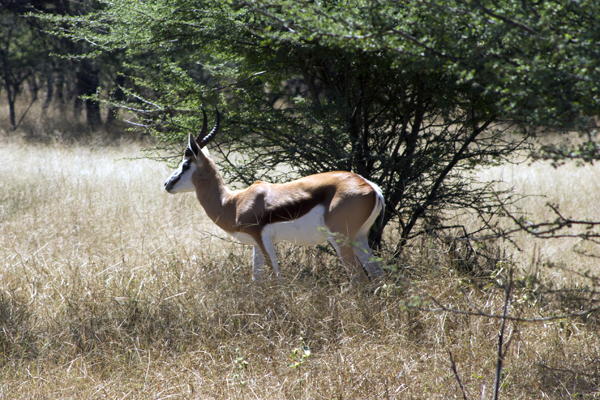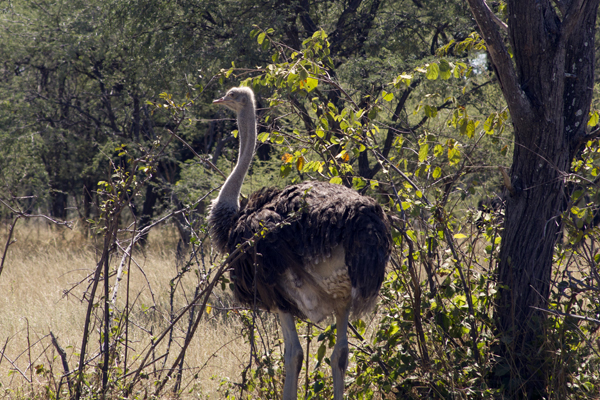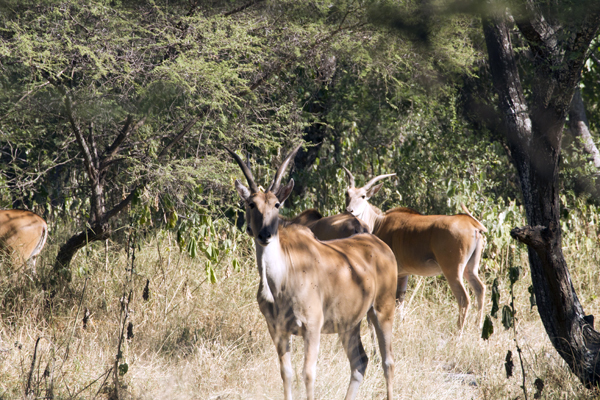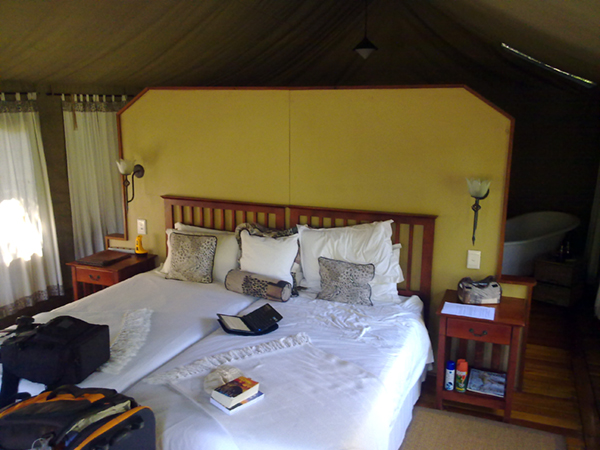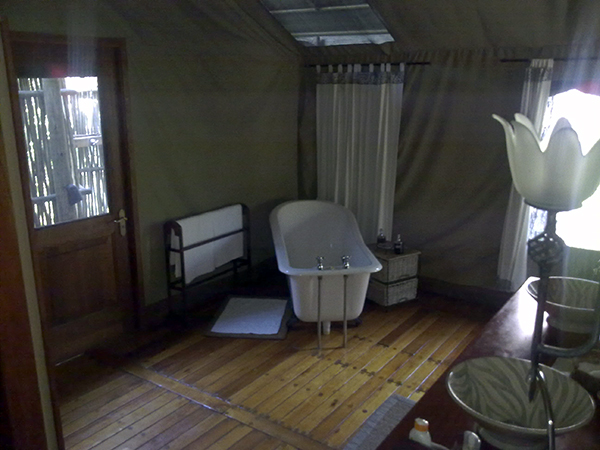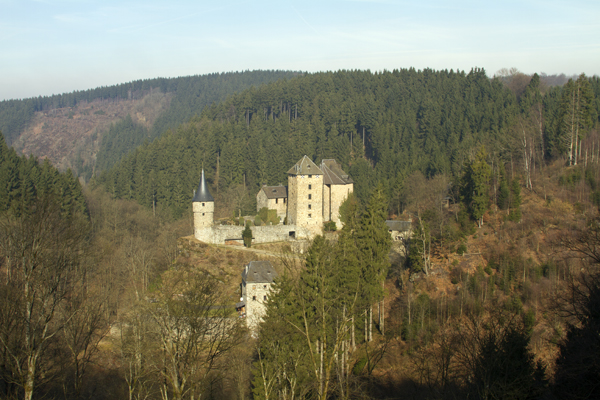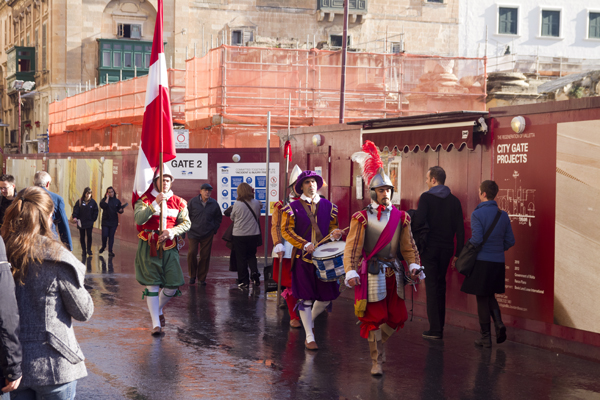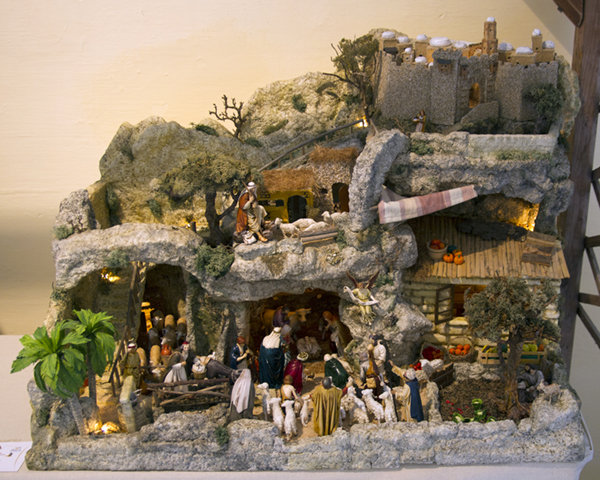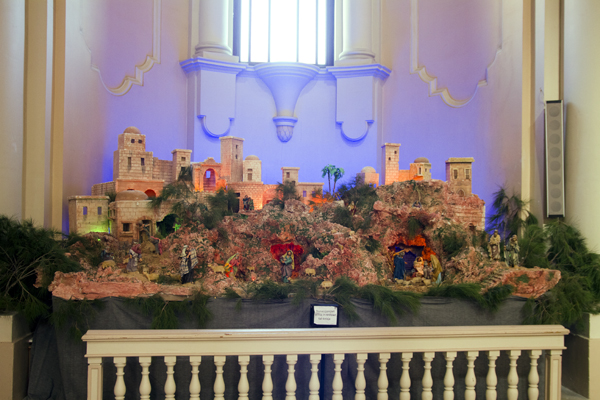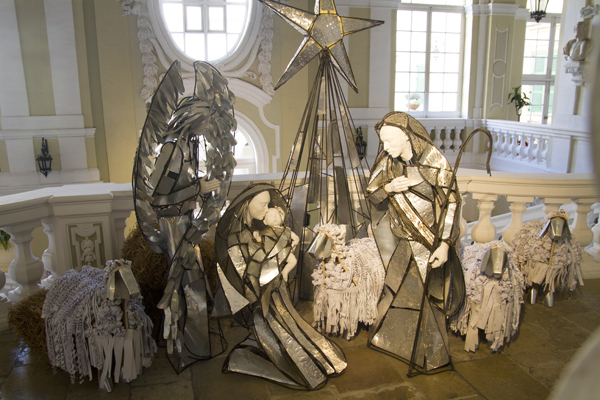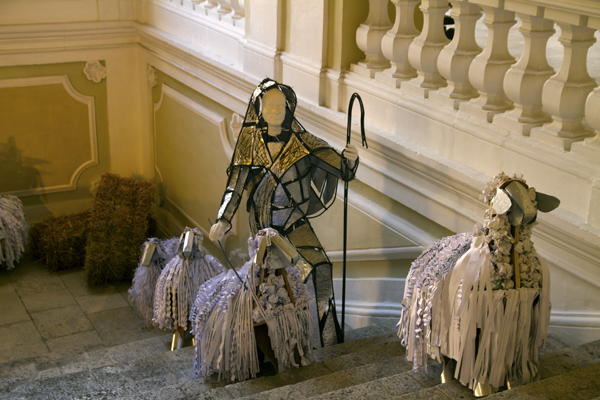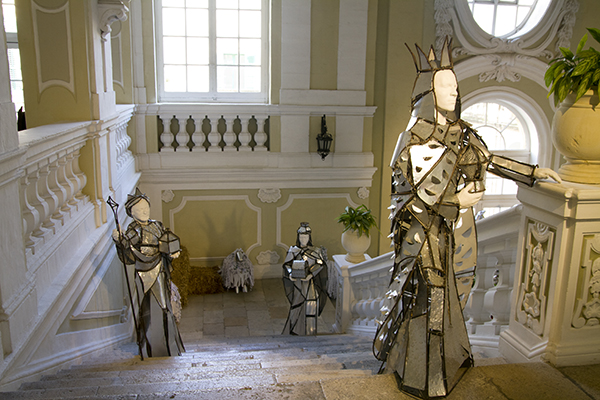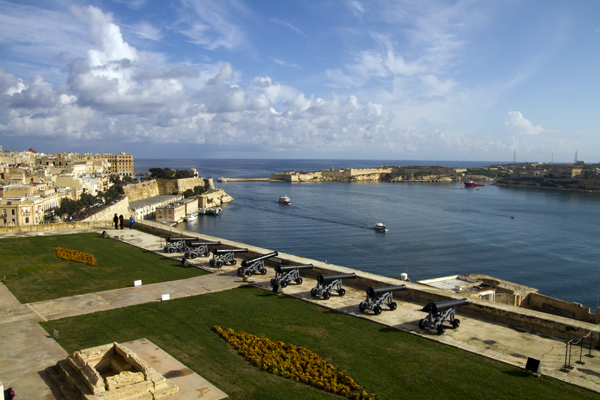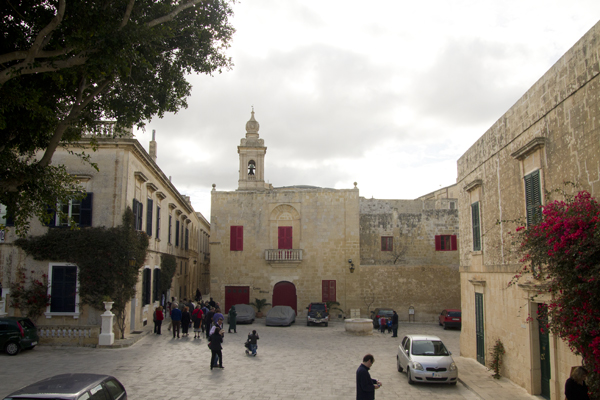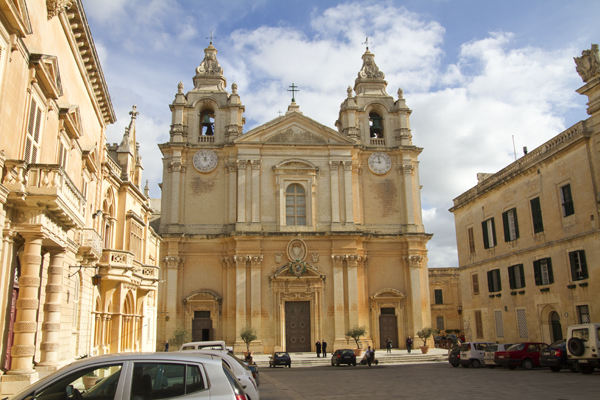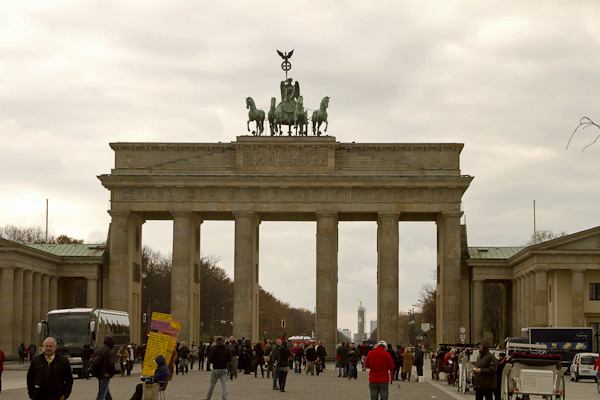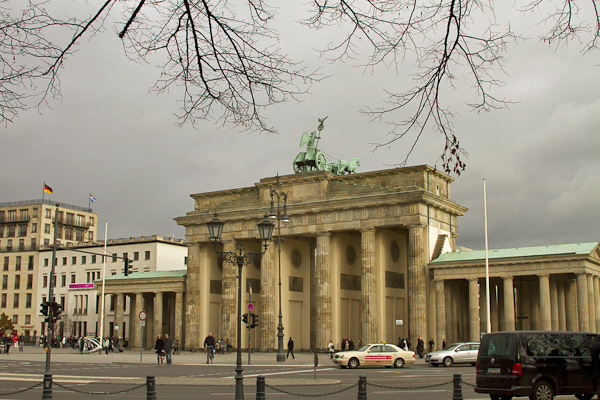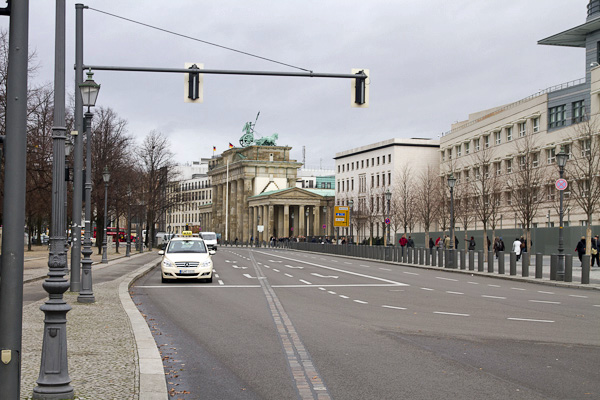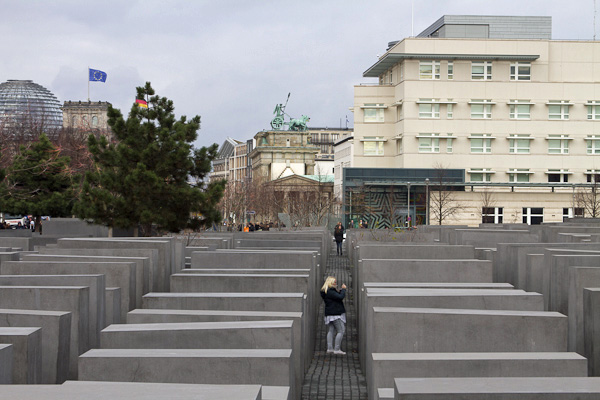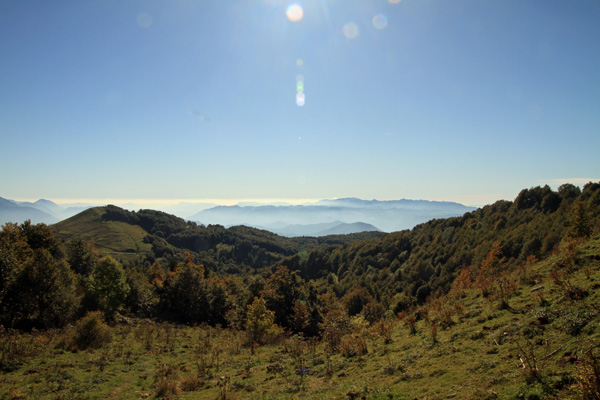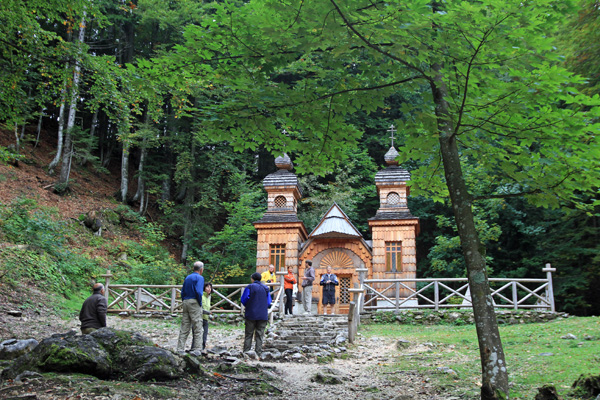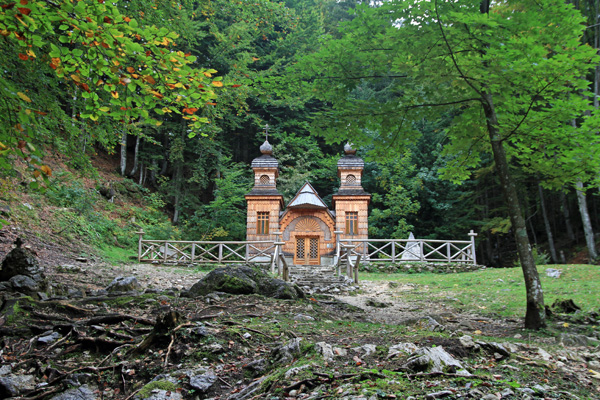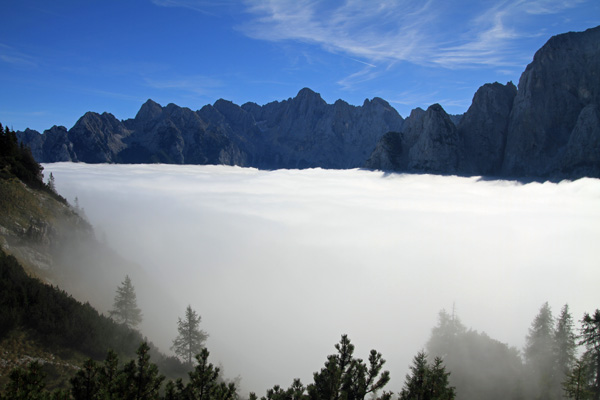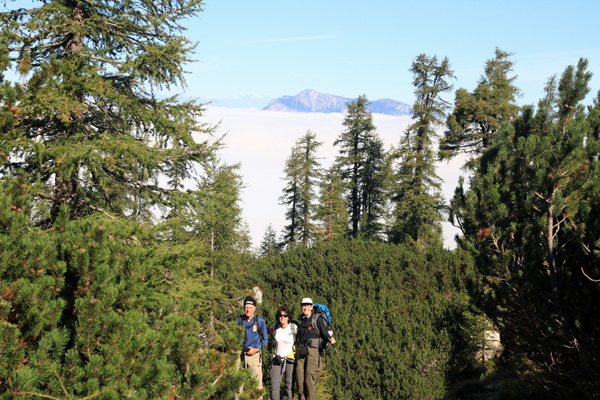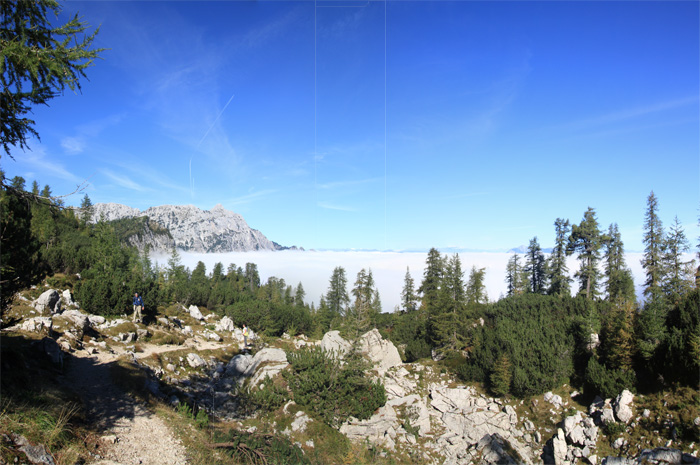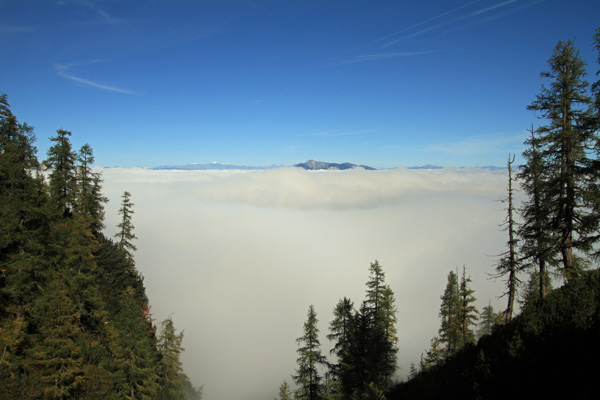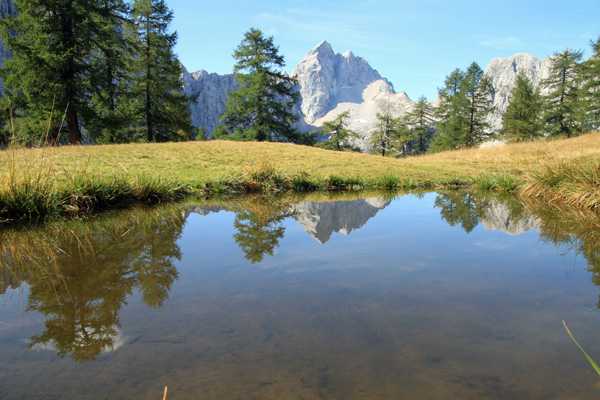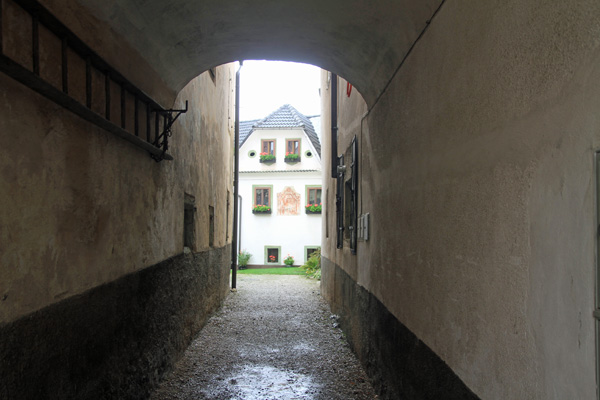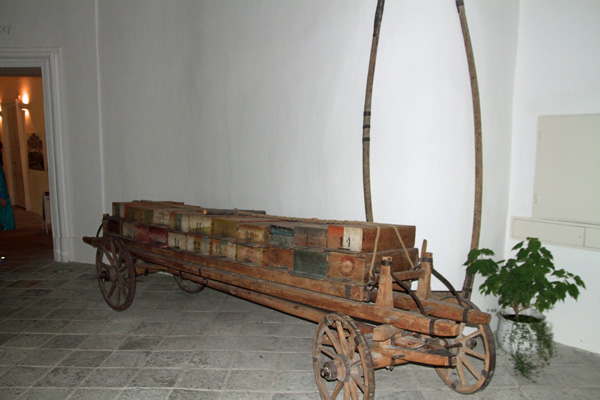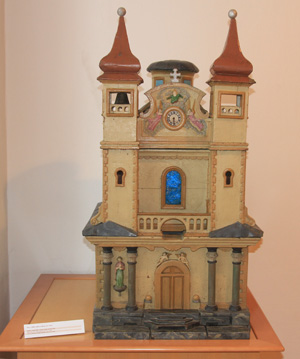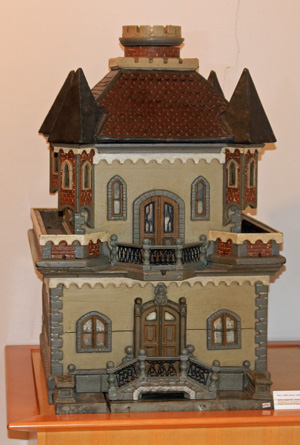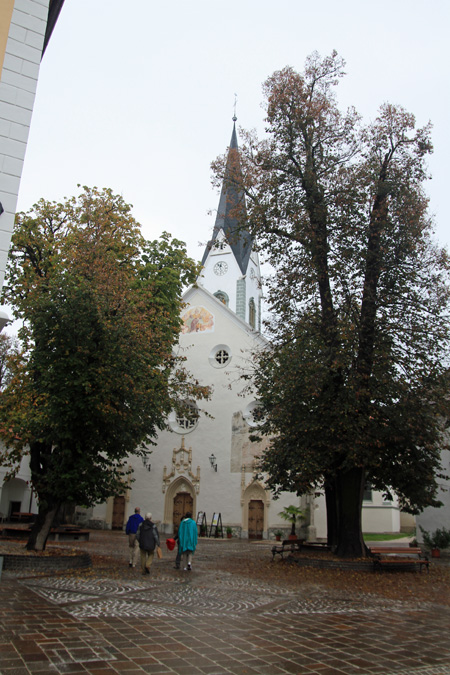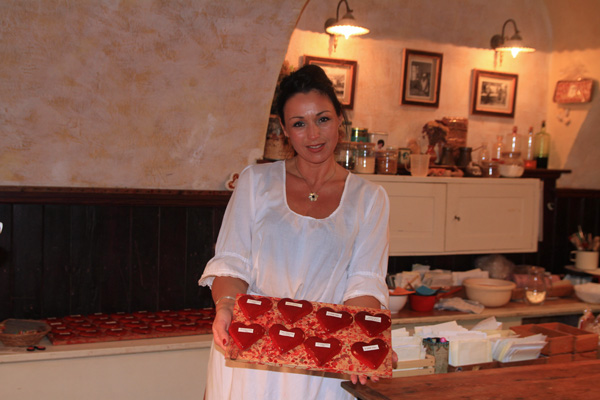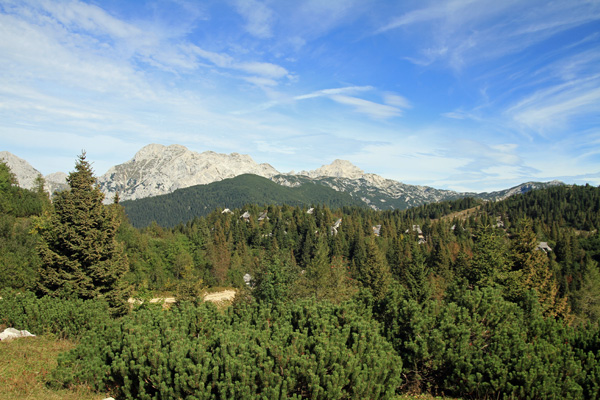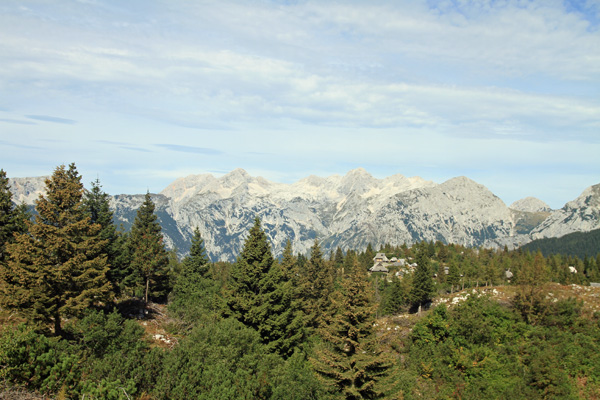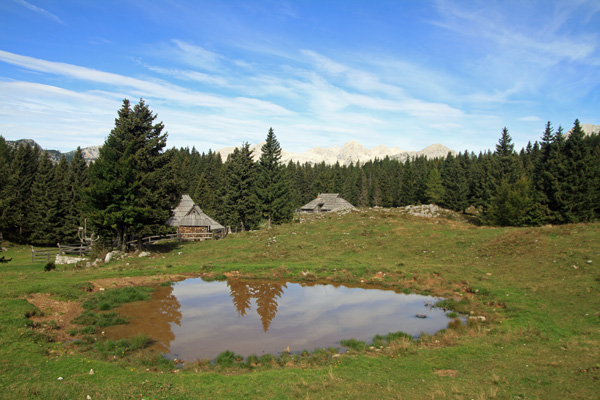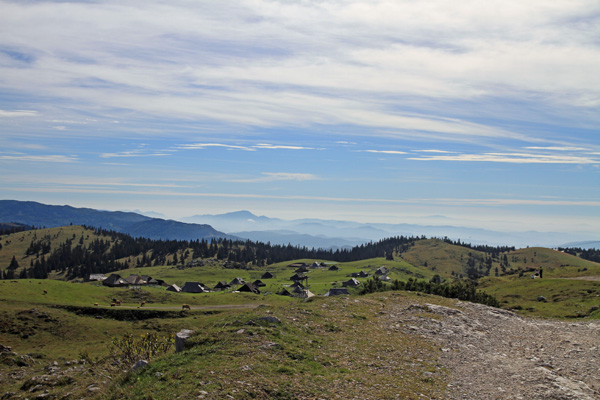In early April, I went on an absolutely fabulous trip to Botswana and Zambia.
It took a while to get there – Brussels to Frankfurt to Johannesburg and finally Maun in Botswana, just South of the Okavango Delta. It took nearly 18 hours to get from my apartment to the small airport of this town which is the tourism hub of the country, and I was very glad to arrive. As I wait for my luggage, I am clearly surrounded by other people going on “safari”. There is one pair of Germans (Father and Son – I had noticed them coming out of the Frankfurt flight) who are completely dressed in brand new “safari” clothes, down to the hat with one side held up and the empty case for a ‘leatherman’ on their belt! I just hope they are not in my group …
In Maun, I meet the group leader Stanley and the rest of the group I will be travelling with. We are just nine, Bob and Lynda from Oregon, Raymond and Trish from Connecticut, Pamela from LA and Jim from Ohio, Sue from Chicago and Judy from Wisconsin. We board two jeeps and head towards the lodge where will be spending the first night.
The tarred road quickly gives way to a soft sandy track where we are glad to have four wheel drive. Soon after that we get to the gate of the “Private Game Reserve” and the fun starts right away. Imagine meeting animals between the airport and the hotel. First Giraffes with a small baby too …
and a small herd of Springboks …
as well as the odd ostrich
and finally Hartebeest.
Amazing to see all that even before you check into the hotel …
Our “rooms” are actually permanent tents installed throughout the property. Mine looks like this:
with en-suite bathroom and an outdoor shower
I think I should be OK jn here for one night!
Continue reading “Botswana 1 – Kalahari Desert”
(3321 Page Views)

